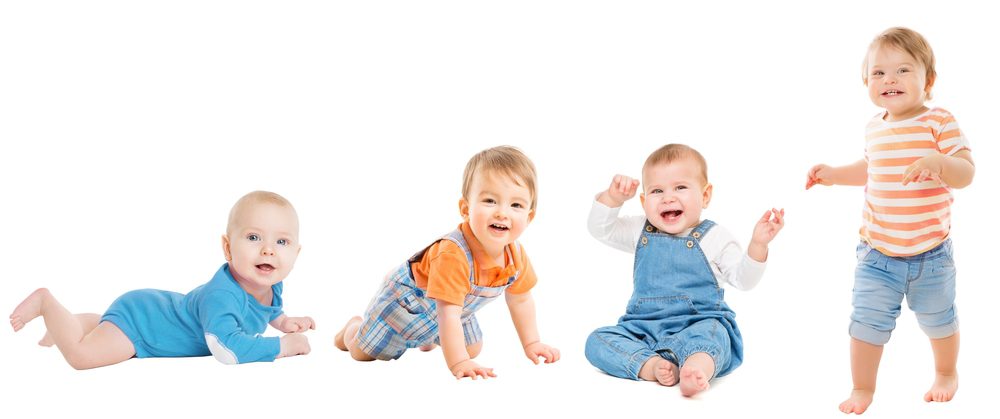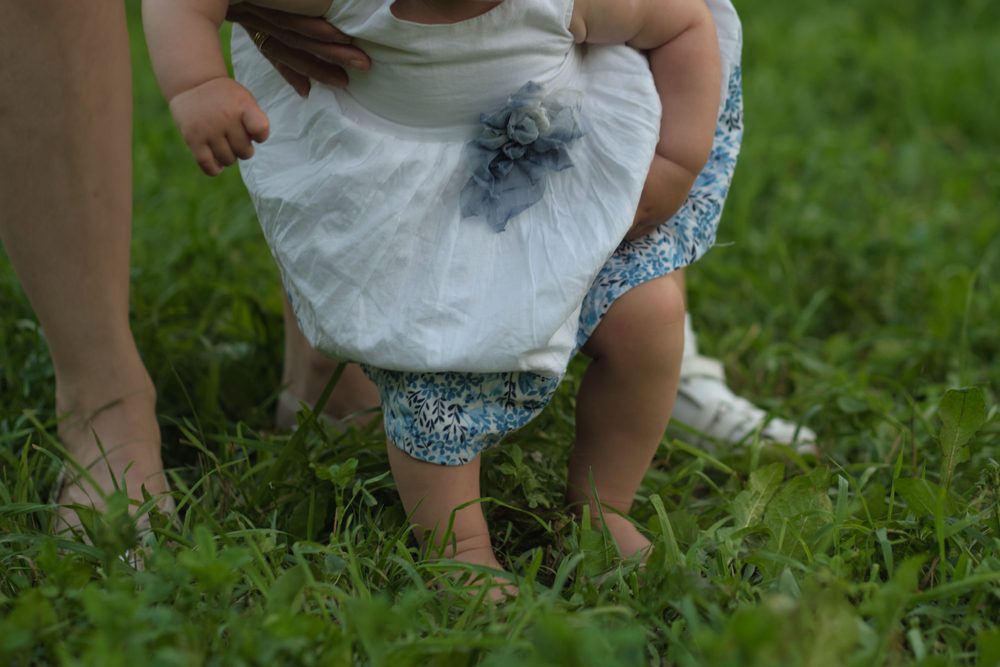Toddlers find a world of exploration when they set out on the amazing journey of motherhood or caregiving, leading to a future full of exciting milestones. Every month is a new set of changes for these young adventurers, molding them into self-assured, inquisitive people. Let’s tell the captivating tale of your toddler’s growth together in this narrative, including not only helpful advice and pointers but also a detailed chart that will show you the way forward.
Months 1–2: The Infant Stage
The first two months establish a fragile attachment between parents and newborns. This time frame is distinguished by:
- The investigation of the world via the sensitive senses of touch and sound.
- A developing fascination in faces and toys as infants start to interact visually with their environment.
- Development through these little animals’ physical growth and basic actions like feeding and sleeping.
- The vital function that parents play in providing the security and affection that serve as the cornerstones of a child’s wellbeing.

Months 3–4: The Beginning of Communication
As the third month progresses, interaction emerges as this developmental stage’s high point:
- The baby learns to communicate happiness and a desire to be connected through smiles and coos.
- Tummy time is introduced to aid in the development of essential head control.
- As babies try to touch and feel their environment, the world opens up to them as an exciting place to explore.
- Simple toys are used to encourage interaction between babysitters and their charges.
Months 5-6: Developing Motor Skills
Significant progress is made in the development of motor skills in months five and six:
- The way these babies roll over and try to sit up demonstrates their developing physical abilities.
- Babies’ fine motor skills develop, allowing them to firmly grasp items.
- Playful games and activities become necessary, always with caretakers keeping an eye on things to guarantee a safe atmosphere.
Months 7-8: Discovering the World
In the seventh and eighth months, curiosity is the main focus:
- As they become more independent, some newborns begin to crawl or scoot around to investigate their surroundings.
- Playing around with noises and babbling becomes a fun way to communicate.
- As preferences for particular toys and items surface, new personalities can be revealed.
- Establishing a safe and secure play area provides an atmosphere that allows these young explorers to explore without fear.
Months 9–10: The Focus Is on Communication
The ninth and tenth months are when deliberate communication starts to take place:
- Babies may demonstrate their early mobility by pulling themselves up and standing with assistance.
- Hand gestures start to be used to communicate wants and needs.
- The foundation for language development may be laid by the emergence of the first words or distinguishable sounds.
- Speaking with others and learning new vocabulary are essential for developing and bolstering language abilities.
Months 11–12: The Call of Toddlerhood
The toddler phase begins in the last few months of the first year:
- When a toddler takes their first steps, it’s a significant milestone that indicates they will soon have more mobility.
- Improved hand-eye coordination makes it possible to play more intricate games and stack blocks in new ways.
- As preferences and emotions are expressed more clearly, the significance of autonomy within secure bounds is emphasized.
- Facilitating autonomous decision-making within a safe environment is crucial to promoting self-reliance.
Year 2: Establishing Bases
The following year marks even more development and independence:
- Toddlers start forming short sentences as their vocabulary grows quickly.
- One important developmental milestone is the exploration of self-help skills, including attempts at potty training.
- Enhancing fine motor skills facilitates self-feeding and drawing.
- Early social skills are shaped by social interactions with peers, which become increasingly significant.
Year 3: Personalities Blooming
In the third year, distinct personalities start to emerge along with cognitive development.
- The imaginative and varied play demonstrates the developing creativity of these young brains.
- Play and social interactions allow emotions to be expressed more clearly.
- A foundational understanding of shapes and numbers appears, laying the groundwork for early cognitive development.
- It becomes essential to promote creativity and cognitive exploration through stimulating activities.
Chart of Growth and Development
A growth and development chart is an invaluable resource for monitoring your toddler’s development. It covers a number of areas, including:
- Track physical development milestones such as walking and jumping, as well as height and weight.
- Cognitive Development: Monitor verbal proficiency, aptitude for solving problems, and cognitive accomplishments.
- Social and Emotional Development: Pay attention to how they interact with peers and express their feelings.
- Self-Help Skills: Track your child’s advancement in feeding, dressing, and potty training.
- It’s critical to keep in mind that each child has a distinct developmental trajectory. Personalized guidance and reassurance are provided when consulting with a pediatrician during uncertain or questioning times.

It becomes increasingly important to create a nurturing and stimulating environment for learning and play as your child develops into their own unique self. Cherish every moment, acknowledge their accomplishments, and bask in the delightful journey of witnessing them transform from hesitant crawlers to audacious and self-assured adventurers.


